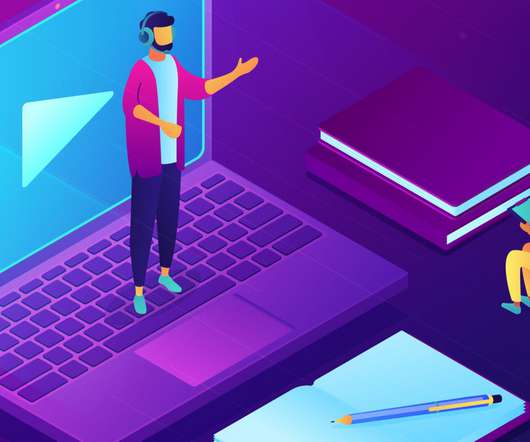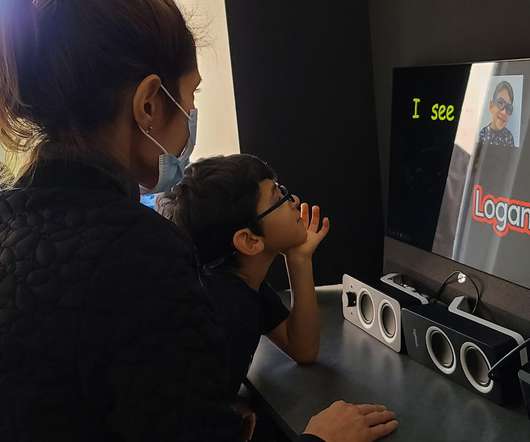10 steps for making your online courses accessible for all students
eSchool News
DECEMBER 16, 2015
New report highlights 10-step plan to applying Universal Design for Learning online. UDL is tough enough in a face-to-face environment, but the real challenge might be how to implement the principles in an online world where students’ abilities and learning styles differ drastically. Knowing Where to Start.


















Let's personalize your content